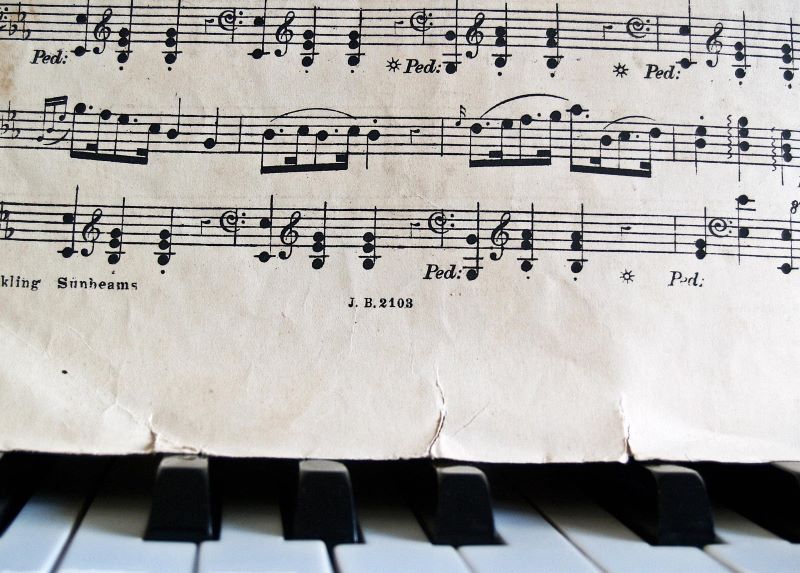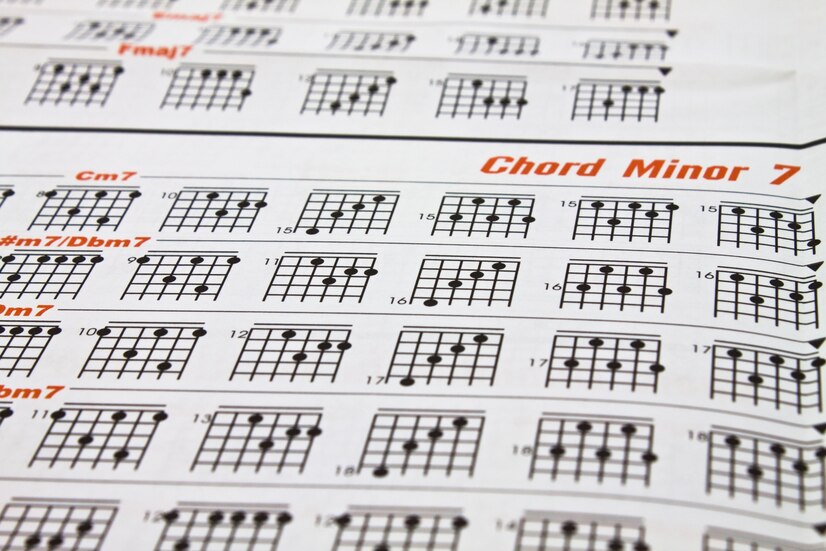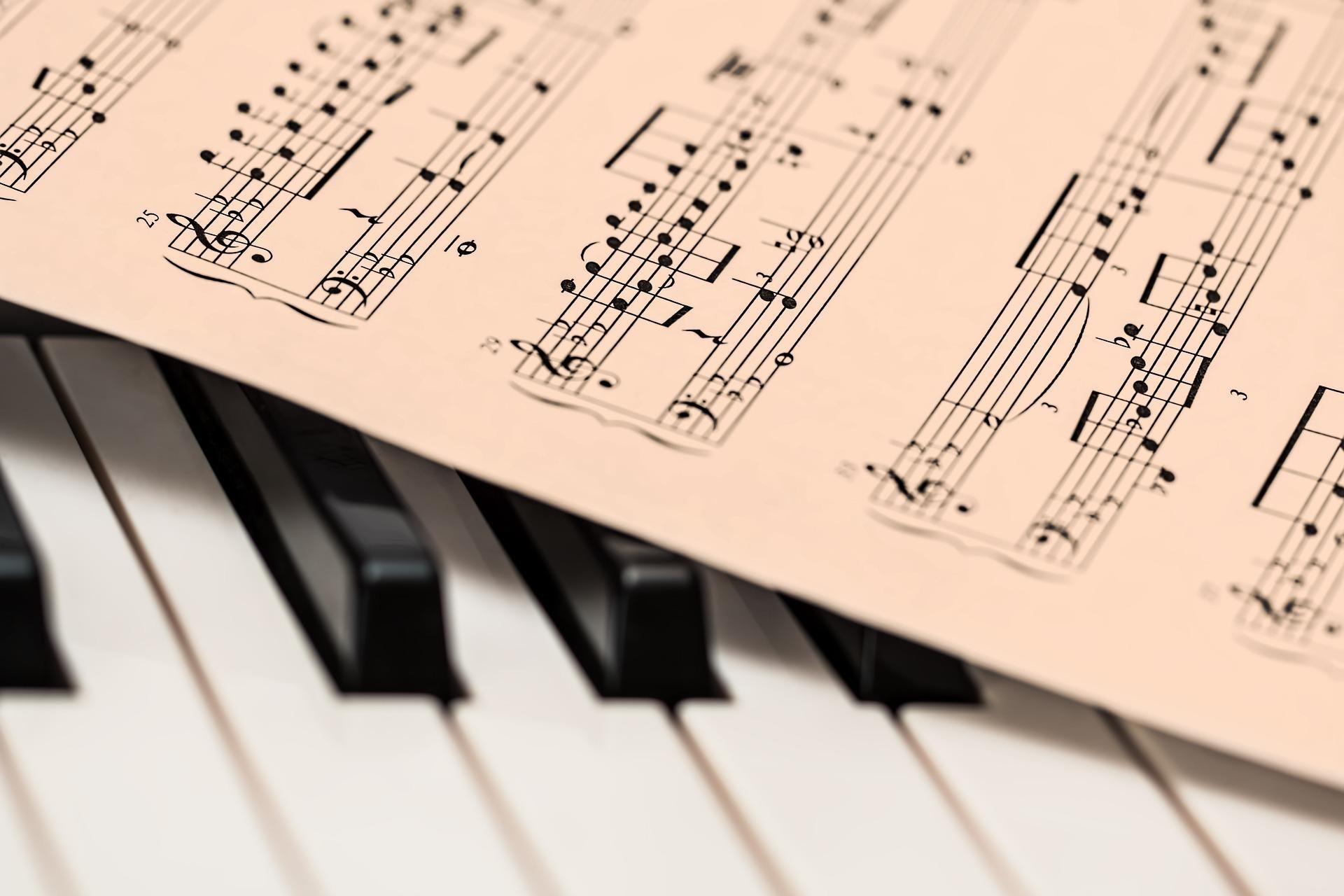The sound of your chord identifies your music. Extended chords are what you need to add some extraness to your music. They add spiciness and mystery, leaving people marveling at the beauty of your craft. Chord extension incorporates richness into your music.
Harmony, rhythm, and melody are integral parts of music theory. To create a melody, you have to play notes one right after the other. Not everyone quickly identifies songs unless they‘ve undergone melody ear training. This allows people to identify melodies without the use of a musical instrument.
A chord is when you play multiple notes simultaneously to create harmony. The following post explains what extended chords are, how to use extended chords, chord progressions ear training, and everything you need to understand about extended chords.
How Do Extended Chords Work?

An extended chord is a tertian chord, the interval between each successive note. You have to stack 3rds above the base triad like minor, major, and the seventh chords. The chords have notes that expand further from the standard three-note triad.
Most of the time, the quality of the chord depends on how these intervals fit together. There are also vertical sonorities that contain extra color tones. Also, if you’ve been ear trained, you’ll notice some chords have more than three nodes.
Uses Of Extended Chords
Extended chords add color and more flavor to your music because of the extra notes. Extended chords are mostly used in jazz and funk music because of the chord progression. These chords have many notes. You have to choose which ones you want to use and where to put them. This is called chord voicing.
Extended Chords: Common Types

Extended chords exist in different varieties, like major, minor, and dominant chords. The major extended chords are built from a major scale; minor extended chords are made from natural minor chords.
Dominant extended chords are built from Mixolydian mode. The extended chords start with the dominant 7th chord. However, they are like the major scale with a flattened 7th note.
Here are common types of extended chords examples:
1. 7th chords
To create a 7th chord, you have to begin from the base triad and add the 7th scale degree at the top. The scale you add could be minor or major, depending on the nature of the 7th chord. Examples are the major 7, minor 7, and dominant 7.
Major 7 chords are used regularly in jazz and occur diatomically. You can create a minor 7-chord by adding a minor triad to another minor triad. You can play any diatonic minor chord as a minor 7 chord and still get a perfect sound.
Dominant 7 chords are a major triad containing a minor third stacked on top of it. They can be played non-diatonically as V7 in all minor keys and diatonically as V7 in all the major keys.
2. 9th chords
The ninth scale is the second scale degree. However, it’s in the next octave up. Most times, they include both 9th chords and 7th scale degrees hence it has many variations.
There are many chords with intervals greater than the 7th. Examples are the dominant 9 (9) and add 9 chords.
Add 9 chords are simple triads with the 9th degree added in. They omit the 7th degree and can be used with a major triad to add color. They add dissonant tension when used with the minor triad. To make a dominant 9 chord, you add 9th scale degrees on top of a dominant 7 chord.
3. 11th chords
The 11th chord contains the 7th, 9th, and some elements of the basic triad structures. It has variants like minor eleventh, dominant eleventh, and major eleventh chord. When you add the extension of the 11th chord to the major 7th chord, it creates a minor 9th using the chord major 3rd.
4. 13th Chords
The 13th chord is the farthest extension diatonically. It has all seven tonal degrees. When you add the 13th chord to a major 7th chord, the result is a richer chord voicing.
Concluding Remarks
The extended chord may seem quite more complicated than it actually is. Sometimes when you play it, you might hear jumble notes. However, the secret is to master the art of playing it with constant practice.
Extended chords offer a richer and more harmonious sound than the basic minor and major triads. They make chord progressions sound more beautiful.
Read Also:




























